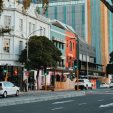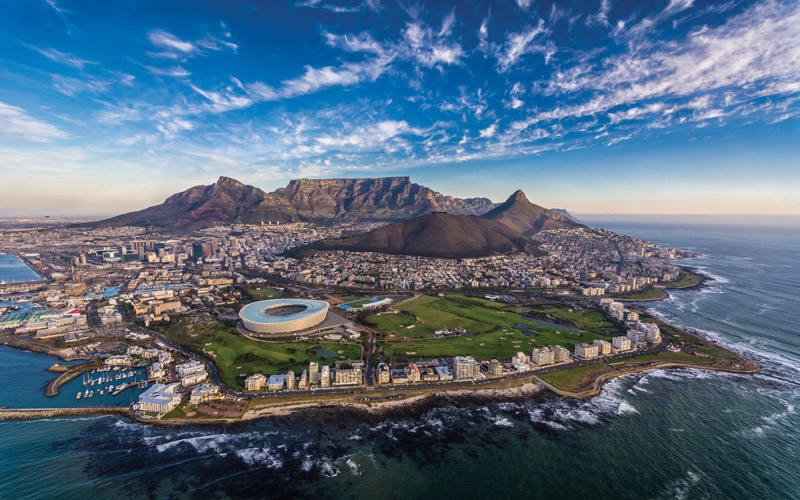Tickets for kids from R10! And you can bring your own food
‘When you throw away, there is no away’
Carolyn Parton is a Capetonian artist that explores paint in all its forms
Artist’s Biography
Born: Cape Town, 1964. Lives and works in Cape Town. After a career as a designer, Carolyn Parton left the profession to study further, and in 2008 received her BA (Fine Arts) (cum laude) from the University of South Africa (UNISA). The subject of her research and dissertation was the effect of paint on the environment. The focus of her final year exhibition was a three-dimensional exploration of paint. For this body of work, she received the UNISA Visual Art award for top student nationally. Her work is included in the permanent collections of UNISA and the Constitutional Court of South Africa. She has also been contracted to write for the University of South Africa, was an Enviroserv Waste Art winner (2008), a finalist in Spier Contemporary 2010, and has a research article awaiting publication.
She’s a painter, but with a different focus
“Over the past few years I have collected spent and discarded paint from acclaimed international artists such as Marlene Dumas to local house painters where I live. I integrate this paint in works that, to me, are actual landscapes, because the paint was destined for landfill before becoming part of the artwork,” says Carolyn.
The weight of the paint is documented in the titles of the works. To date, paint has been collected from acclaimed artists, students, homeowners, hobby painters, as well as from contract painters with no interest in art. All those who contribute play a role in the transformation of material from potential landfill to artwork.
“My art is underpinned by ongoing research into the impact of artists and their art making upon environment,” she says, “and a thought that I once came across, which is constantly on my mind, is that when you throw away there is no away.”
That is the reason why Carolyn builds artworks out of paint that others might have disposed.
The concept of paint as a material, three-dimensional substance that occupies physical space forms the basis of Carolyn’s work. She works with all forms of paint, exploring its weight and physicality as matter. “I build layer upon layer and before I know it, it is 10 kg.”
Where do things come from and where are they going?
Growing up in Camps Bay and later Pinelands, where she lived on an old landfill which had buried within it remnants of previous times, she always found interest in environmental processes associated with land.
“I have always had an interest in where things come from and where they’re going”, she explains, “and in my works I focus on the intrinsic connection that paint has with land.”
Carolyn approaches many painters to collect their spent and discarded paint. “Often I find that artists have an attachment to their old paint tubes”, she says. “Marlene Dumas for example kept her tubes since she was a student.”
She explains how one can see a reflection of the artist in the tubes: “I have a friend who struggles financially, and I love the way it’s reflected in her tubes with every last drop squeezed out of them. Other tubes have remnants such as hairs trapped in paint that has oozed out of the tube and dried, or the smudged paint fingerprints where they have been squeezed.”
Carolyn does ongoing research into the contents of paints, their make-up and effect on environment. She likens her work to that of a decomposer within an art ecosystem. “I see my work as breaking down something unusable in order to build it up in the form of an artwork which ideally will be kept indefinitely.”
And art-lovers are bound to find joy in her artwork. “I am starting a new body of work for an exhibition, as everything I have made to date has been sold” she says, despite describing her art as not pretty but raw. Laughing, she recalls walking past a tannie-craft-shop with her young son. He pointed to the paintings and asked her when she would start making proper art like that.
“My goal is to always look intensely at the impact of what I do in my life, where something I use comes from, what it really is, and where it’s going.”
by Antonia Heil
www.carolynparton.co.za
Looking for more artists in Cape Town? Read about how photography has healed Araminta de Clermont.








